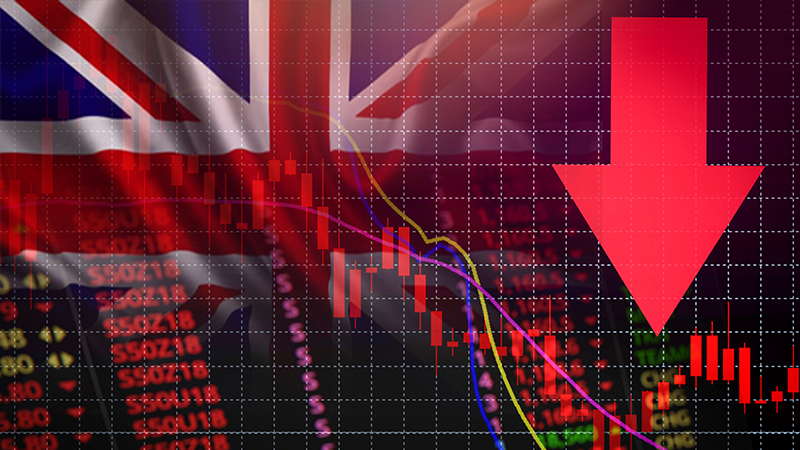In said hawkish scenario, cyclical companies would thrive as would any plays on a steepening yield curve. But he thinks the increase in automation and technical disruptors and ballooning debt around the globe make that scenario highly unlikely.
“We can see more inflation in 2018 but what we can’t see is the start of the new inflationary trajectory.”
When looking for growth opportunities, David Coombs, Rathbones’ head of multi-asset says the debate about “the new digital economy versus the old digital economy” trumps regional debates like “Europe versus the US,” which is one of the reasons he has been less excited about the eurozone than others.
“I know people are getting excited about Europe, but the trouble is a lot of the stocks you invest in in Europe don’t necessarily take advantage of European growth. We don’t really like the European banks or retailers, which tend to be the cheapest stocks in the indices. They are kind of cheaper for a reason.”
Coombs is by no means alone in his preference for global trends like tech and healthcare over traditional UK value stocks.
Regardless of sector or region, companies that embrace digital trends “will do better than those that are still stuck in the old digital economy with older consumers that are reducing in number,” says Coombs.
Value is evolving
The investment style’s relative weak showing against momentum-based strategies hasn’t stopped some value managers from growing at an impressive rate.
According to a Willis Towers Watson report looking at the world’s 500 largest asset managers, the second fastest growing investment house between 2011 and 2016 was value-bent investment group Dimensional Fund Advisors. The Texas headquartered firm, with offices spanning Europe, Asia and the UK, expanded assets under management by 17% in dollar terms, coming in just slightly under the Axa Group’s 18% hike in AUM.
However, Sleep notes that “value is getting bigger now” and “broadening out” with new attractive candidates in the retail space, for instance. Though he admits “it may take a bear market for value to outperform”.
And of course, many managers still advocate for a growth and value blend of stocks in their portfolios.
As Jeff Rottinghaus, portfolio manager of the T. Rowe Price US Equity Fund, puts it: “With strong individual stock performances historically coming from both ends of the investment spectrum, we believe it makes sense to maintain a diversified US equity exposure. Investors who limit themselves to only one investment style could be leaving money on the table.”
Value funds may not be the comeback kid of 2018, but with so much uncertainty abounding it’s not inconceivable the investment style could have its day in the sun sooner than some think.











